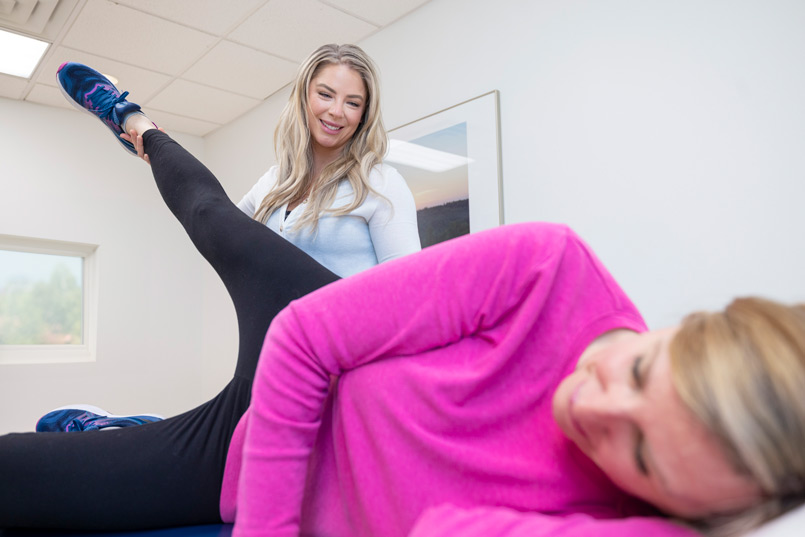The Impact of Surrounding Environments on Fitness Patterns and Activity Preferences
Wiki Article
This surrounding atmosphere around us plays a crucial part in shaping our exercise routines and activity preferences. Elements like the accessibility of parks, gyms, and additional leisure amenities can motivate people to participate in physical activities. Urban areas often offer easy access to fitness facilities and outdoor spaces, while countryside locations may provide different options for physical activity, such as hiking or cycling on trails. Understanding how these areas influence our choices can assist neighborhoods create better environments that encourage wholesome lifestyles.
A single important aspect of surrounding areas is the idea of accessibility. When individuals have easy access to exercise centers, they are more likely to participate in consistent exercise. For instance, communities with parks and hiking paths can motivate locals to take daily walks or participate in athletic activities. On the other hand, if people live in areas without nearby exercise facilities, they may be less inclined to remain engaged in physical activity. This highlights the need for urban designers and local leaders to prioritize the creation of reachable recreational areas that cater to the requirements of the community.
Another critical consideration is safety. People are more apt to participate in outdoor activities if they feel safe in their environment. Well-lit recreational areas, maintained walking trails, and low crime rates can create a inviting blog link atmosphere for exercise. Conversely, areas that are viewed as dangerous may deter individuals from engaging in outdoor exercise, resulting to a sedentary way of living. Therefore, improving security measures in public spaces can greatly impact community health by motivating more people to be engaged.
The social factor of fitness is also influenced by neighboring spaces. Collective exercises, such as team sports or exercise classes, thrive in environments you could check here that encourage social engagement. Community centers, gyms, and outdoor spaces can serve as meeting places where people come together and motivate each other to stay active. Social support is vital for upholding fitness habits, and providing accessible areas where people can meet and engage in physical activities can boost enthusiasm and satisfaction.
Finally, the aesthetic attractiveness of neighboring areas can influence fitness habits and preferences. Attractively designed recreational areas, picturesque trails, and properly cared for fitness centers can motivate people to participate in exercise. When spaces are aesthetically attractive, individuals are more apt to dedicate hours there, engaging in exercise and leisure pursuits. Communities should concentrate on developing welcoming environments that encourage individuals to discover various fitness activities, allowing it simpler for them to include physical activity into their regular routines.
